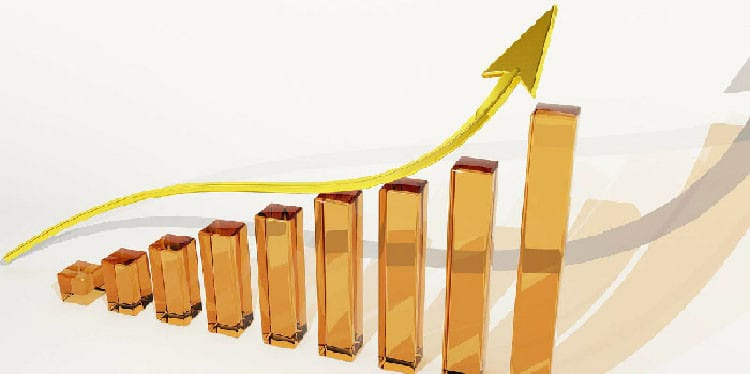The procurement life cycle has a touchpoint in nearly each and every aspect of an organization making it one of the all-encompassing departments that a company has. This is important to note as a procurement professional because it plays into the way that e-procurement software is designed and operates.
The comprehensive nature of the procurement department and its far-ranging reach in the scope of activities necessitates a similar wide-reaching nature in e-procurement systems and solutions. Further, understanding the procurement life cycle as your firm specifically defines it, will give your insight into the various, and sprawling, features that e-procurement software offers and how to best apply them to your organization in specific.
While e-procurement solutions present practical and efficient methods of advancing the procurement process in any organization, it’s still important to remember that there’s no one-size-fits-all solution. Rather, it often takes some adjusting and calibrating to find the perfect solution for any single organization.
The Benefits of Comprehensive E-Procurement Software
There are many benefits to building a comprehensive e-procurement software system. By implementing e-procurement solutions, your firm is already taking action to join the modern era of procurement. E-procurement is well established at this point as an industry-recognized best practice and widely accepted standard of operation.
That being said, there are many organizations that fail to optimize their e-procurement solutions for a variety of reasons. Some managers or procurement professionals may simply not know all of what an e-procurement solution is capable of performing. As such, we at ProcurePort have taken the time to break down some of the most common features of e-procurement software, and how beneficial they really are.
Getting Into the Specific Features:
As with any software, program, or suite of tools, there’s going to be a bit of a learning curve to tackle before you can really consider yourself a master. The same is true when it comes to learning the ins and outs of a comprehensive purchasing and supply chain management system bolstered by e-procurement software. Below, however, are a few of the specific features that e-procurement software commonly offers users.
Having an understanding of this suite of features will give you the foundational knowledge to start implementing a comprehensive e-procurement strategy right away.
RFP’s & Reverse Auctions
Requests for proposals and reverse auctions are generally two of the very first steps that procurement professionals take in finding a vendor with which to partner on any given contract. These two processes are vital to kicking off the entire procurement life cycle. As such, while they are relatively standard procedures, there is a bit of an art form to perfecting them. This is why e-procurement software works with your procurement professionals in order to boost processes and elevate the organization as a whole.
E-procurement software accelerates the RFP process by giving the user a way to filter vendors based on user-imported parameters. Not only that, but users can build preferred vendor lists and have them saved in the program for quicker and swifter recall. This is specifically helpful when your company has categorical contracts of the same type that continually hit the market.
Meanwhile, e-procurement software can also send out invitations to vendors with accepted RFPs, and conduct the entirety of the reverse auction with minimal employee oversight or interaction. This takes loads of time and works off your staff, which allows them to focus on more significant business activities while monitoring the procurement software.
Contract Management
Contract management is another massive aspect of procurement. Once the reverse auction finishes and a contract is awarded to a vendor, it immediately enters the contract management phase. On-going contracts usually represent the majority of the contracts that your procurement department is working with, making contract management a significant focal point.
Contract management supplemented by e-procurement software conducts faster analysis than is possible by manual means. Using artificial intelligence, business logic, and sophisticated algorithms, procurement software provides stronger and faster contract management when it comes to data analysis.
These metrics help your professionals identify valuable contracts with strong vendors whom you need to build and extend relationships, as well as weak contracts, or duplicate contracts that are simply causing excessive costs.
Supplier Management
Purchasing and supply chain management in 2020 provided a lot of insight into the delicacy that international supply chains are. Supplier management is almost an extension of contract management. As mentioned above, data analysis conducted by e-procurement systems is capable of identifying valuable ongoing contracts.
It’s with these suppliers and vendors in specific with which your team will want to establish long-standing relationships. By building significant bonds with a variety of vendors and suppliers, your firm will be able to fill it’s procurement pipeline full of valuable contracts.
An Overview of Comprehensive E-Procurement Software
E-procurement is a well-established and industry-recognized standard of operations for most companies. That said, learning how to best implement and optimize your e-procurement software, well that’s a journey that might be never-ending. Especially with how quickly advances are made in the field.
For more information on the features of e-procurement software keep browsing ProcurePort. ProcurePort is the internet’s premier place for everything procurement, from knowledge and information to software and technology, and everything in between.










